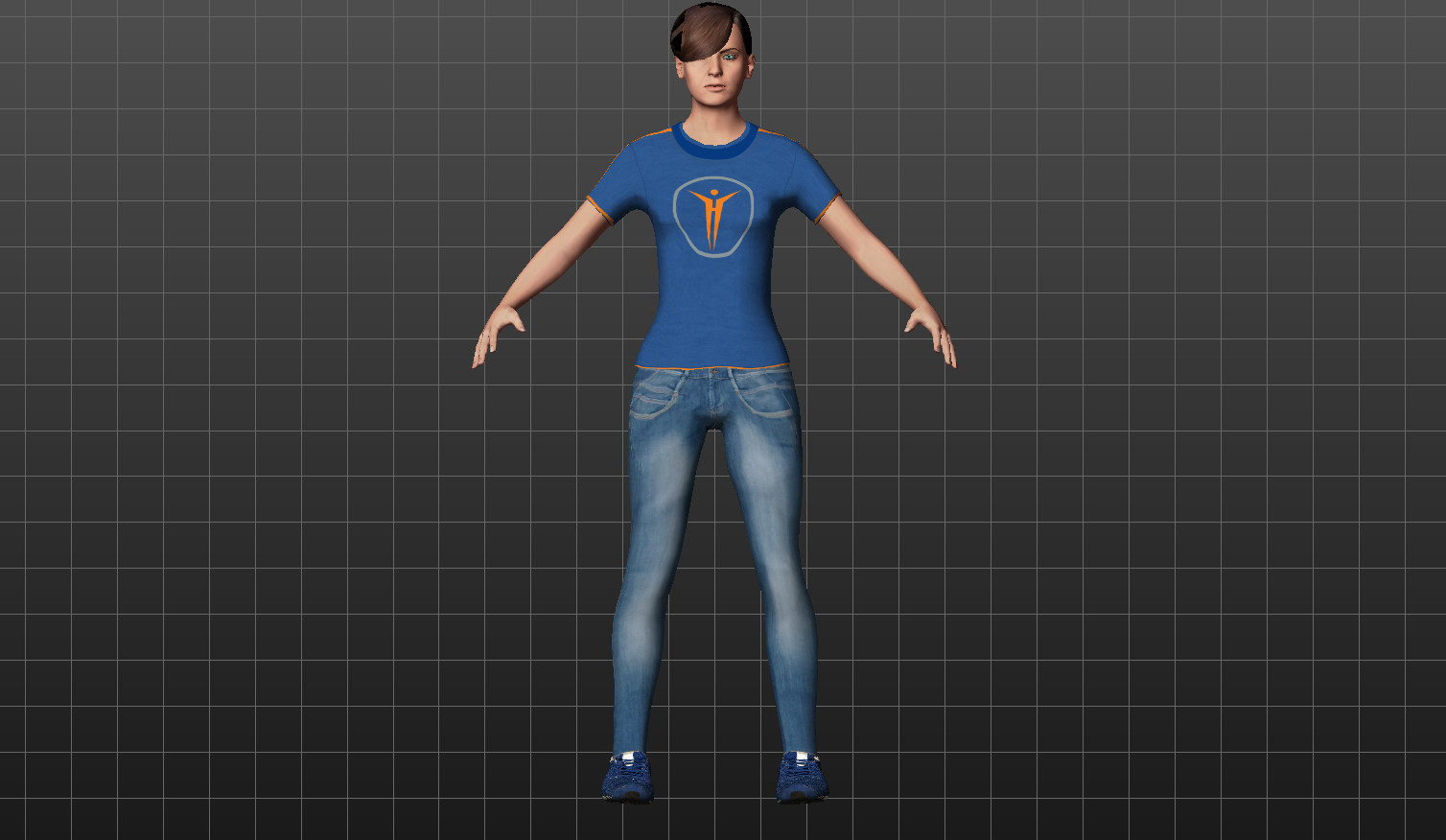
Sciences & Technology
Kinecting with the orang-utans

How older technology explorers are making waves in VR
Published 6 July 2017
A group of people sit around a clear blue pool, dangling their feet in the water, chatting among the palm trees, surfboards propped up in the sand behind them. It’s a tranquil scene. The only thing setting it apart from a tropical resort is the fact the people are not people, but three dimensional avatars in a virtual world.
These avatars are controlled by a group of people in separate rooms, wearing virtual reality (VR) headsets. All these people are aged 70 and over. They are members of the “Technology Explorers” who are collaborating with University of Melbourne researchers to design new virtual worlds that will benefit older people by promoting social participation.
Older adults are at greater risk of experiencing social isolation due to factors such as geographic isolation from family members and decreasing mobility. The project uses VR technology to help transcend these barriers by creating virtual experiences that allow older adults to meet and take part in meaningful social activities, even if they are unable to travel far from their homes. The Technology Explorers are playing an integral part in creating a unique virtual experience that reflects the needs of older adults.
The research team, from the Microsoft Centre for Social Natural User Interfaces, has recruited 25 older adults from metropolitan and rural Victoria to take part in this bold project, which uses cutting-edge VR technology.
To date, much of the research conducted on the use of VR technology with older adults has focused on clinical and therapeutic outcomes, such as gait training and functional balance rehabilitation. Researchers at the Centre, which is based at the Melbourne School of Engineering, have investigated the potential for older adults to use touch-screen technology to combat social isolation and promote social participation, but little is known about the potential for VR technology in this domain.
“We’re trying to emphasise the concept of active ageing and of meaningful social participation between older adults,” explains Research Fellow Dr Steven Baker.
Dr Baker says the first part of the project involved introducing the Technology Explorers to the VR technology, and exploring the possibilities of what can be done in virtual spaces. As the project progresses over the next 12 months, the research team will work closely with the Explorers to incorporate their ideas into a number of virtual environments that encourage social participation.
The project is using 3D camera motion sensing technology to allow the Technology Explorers to use their own gestures to control their avatars. Dr Baker says the natural movement is freeing for older adults as it does not rely on use of keyboards or familiarity with desktop computing.
The project also allows older adults to be in control of how they are represented in the online space and to put forward a version of themselves they are comfortable sharing.
“There have been a lot of studies into social network use by older adults and one of the consistent themes that runs through them, is the concern about anonymity and privacy and being able to control how you’re viewed in that world. That’s one of the central reasons why older adults don’t engage as much in social media,’’ Dr Baker says.
Professor Frank Vetere, Director of the Microsoft Research Centre for Social Natural User Interfaces, says there was also some concern from older adults that if they don’t engage with technology, they’ll be “left behind”.

Sciences & Technology
Kinecting with the orang-utans
Another important aspect of the research project is investigating how older adults like to be represented in virtual worlds. Researchers are engaging with the Technology Explorers to design avatars, virtual characters that represent the older adults in the virtual world.
“If you’re going to engage in the contemporary world, it means having some sort of social presence. Even if it’s a username or a profile. How that is represented as an avatar or a body is a core question that we are exploring,” Professor Vetere says.
“How do I want to be represented? It’s a tough question for all of us. But it becomes a particularly interesting question as we age,” says Dr Baker.
Initial work in this area has seen the Technology Explorers designing their own avatars using a 3D avatar creation tool. Dr Baker says the Technology Explorers take a lot of care in the design of their avatars, and there is often playfulness around how they are represented in the virtual world.
This has included participants designing avatars that swap their gender, mimic their relatives or represent alternate versions of themselves.
Dr Baker says initial feedback from the Technology Explorers suggests there needs to be better online tools for the creation of older avatars, to enable more realistic, age-appropriate representations.

“In avatar based systems, as in society, there is a bit of a cult of youth. But to what extent do older people want to be able to represent themselves in that kind of social environment is a very interesting question.”
This is a subject that PhD student Romina Carrasco is exploring. She has been working with the Technology Explorers to understand the kinds of avatars they want to create. Through this work, Romina has identified the features that avatar software should include to enable faithful representations of old age.
The research team says the Technology Explorers have hugely engaged in the project, often doing further avatar design and reading about VR at home on their own time.
“Participants feel as though the voices of older adults are often just not heard and one of the things they’re really loving about this workshop process is that they’re being asked what they think about things, and then they see that being reflected in the designs that we come up with,” says Dr Baker.
The project has been co-funded by the Australian Research Council and the Microsoft Centre for Social Natural User Interfaces, and the team is working in collaboration with the National Aging Research Initiative and the John Richards Initiative at Latrobe University. More details about the project can be found here.
Banner image: Pumps & Pipes, Norway